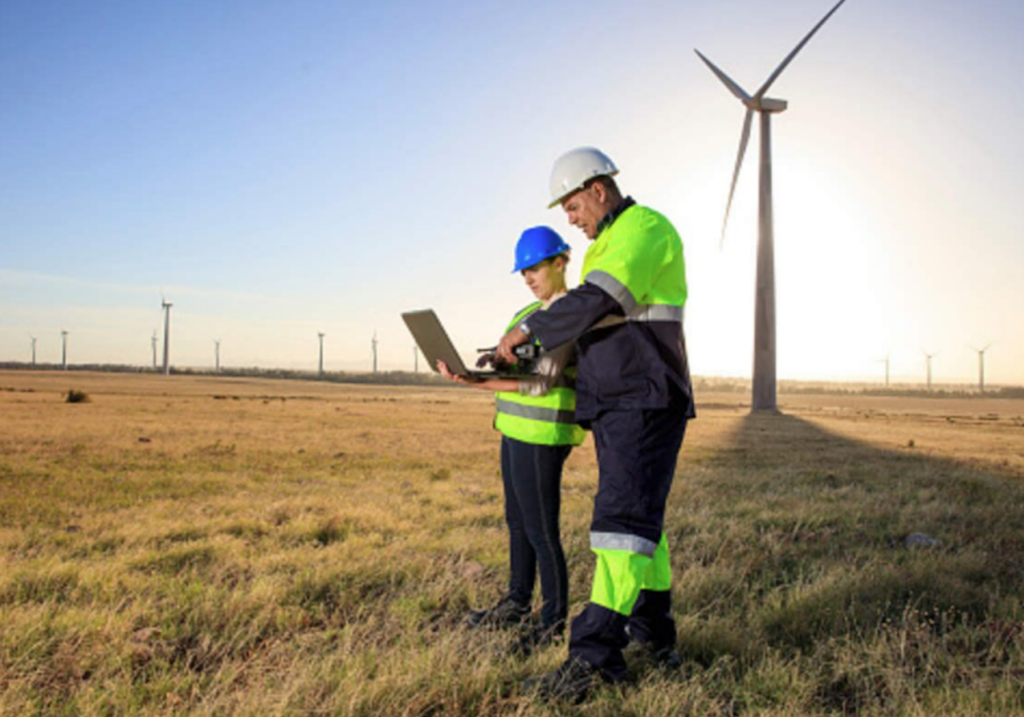A wind farm is a group of wind turbines that are placed in the same area to produce electricity from the renewable energy of the wind.
In the past years, wind farms have proven profitable so that more and more developers see wind energy as a main instrument to generate income rather than an appendix, plan-B tool.
Before starting wind farm development, a number of factors should be considered game-changing for the business such as wind farm design, cost of building, time required, and, of course, payback period which is key in this industry.
The area selected for a wind farm should be wide and open, with strong, continuous winds of predictable flow direction. The less obstacles the wind confronts on the way to wind turbines, the more energy it would produce.
Wind turbines should allow easy maintenance and repair opportunities. In this regard small wind turbines like a 39-feet tall (12 meters) one by TBHAWT Manufacturing is much easier to maintain than an average 328 feet tall (100 meters) big WT.
Following national legislation, noise level permissions and fees can be calculated to perform within the boundaries of the invested budget.
Choosing an appropriate wind turbine design is strongly dependent on the landscape and site peculiarities. For offshore wind farms, large wind turbines are the best, and probably the only option while onshore WTs vary in size and axis direction.
In densely developed rural and suburban areas vertical axis wind turbines are installed on the rooftops, however the generated energy is remarkably small so that it is often used only by the wind turbine owner.
In open areas near settlements, small horizontal-axis wind turbines are the best fit since they start performing at low wind speeds. Due to smaller size, small WTs require far less legislative requirements and thus are a perfect instrument for anyone to start their business in the wind energy market.
Consequently, large wind turbines are opted in extensive open areas far from forests and cities. They require more expense on technical support and permissions though they generate more electricity sufficient to cover these expenses.
The bigger the wind turbine is, the more time it takes to construct it. On average, a 50 MW wind farm can be erected in half a year, and a 10 MW wind farm is usually developed in two months. Again, the development period is fully dependent on the wind turbine design selected for the farm.
Construction of a wind farm rises correspondingly with wind turbine design, size and quantity of units to be planted. Usually a wind farm requires most investment during its construction, comprising up to seventy-five percent of the total sum.
Unlike traditional electricity generating systems, wind turbines don’t require fuel making them a superbly cheap commercial power producer. Practically they would only demand maintenance with some possible minor expenditures.
A wind farm starts making profit at a wind speed above five meters per second, with the highest performance speed of around 25 meters per second. Above that speed an average wind turbine stops working as it becomes risky due to stormy winds.
When projected right, a wind farm is well-performing, and commercially profitable, about ninety percent of the time. The efficacy drops down and increases correspondingly in changing wind conditions and during maintenance. Through a year, a wind turbine produces up to thirty percent of planned maximum output.
Laila Azzahra is a professional writer and blogger that loves to write about technology, business, entertainment, science, and health.
